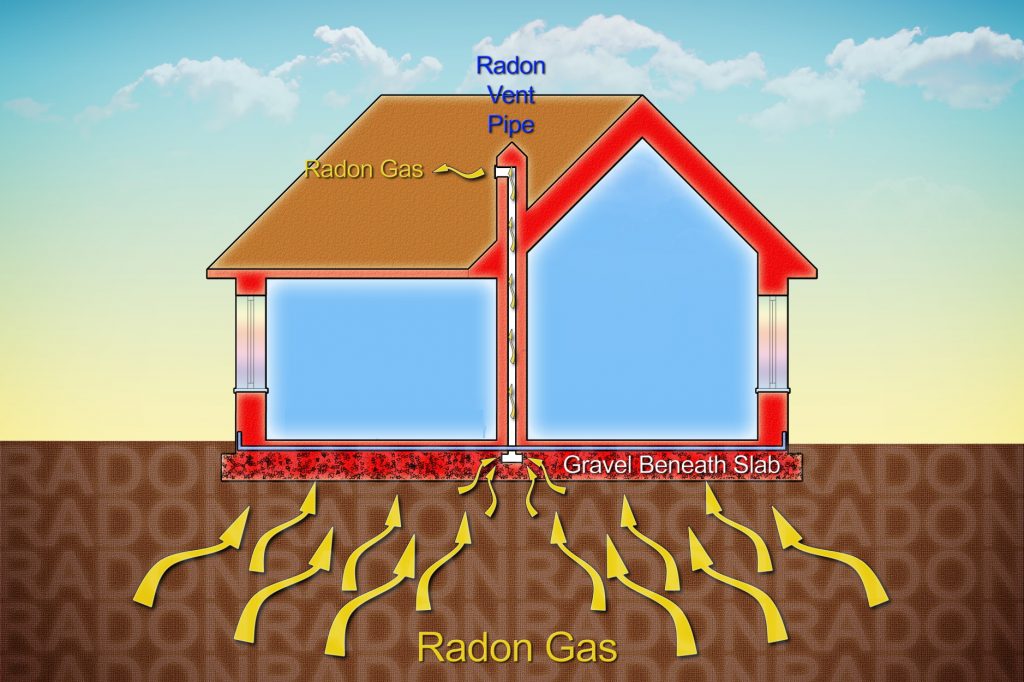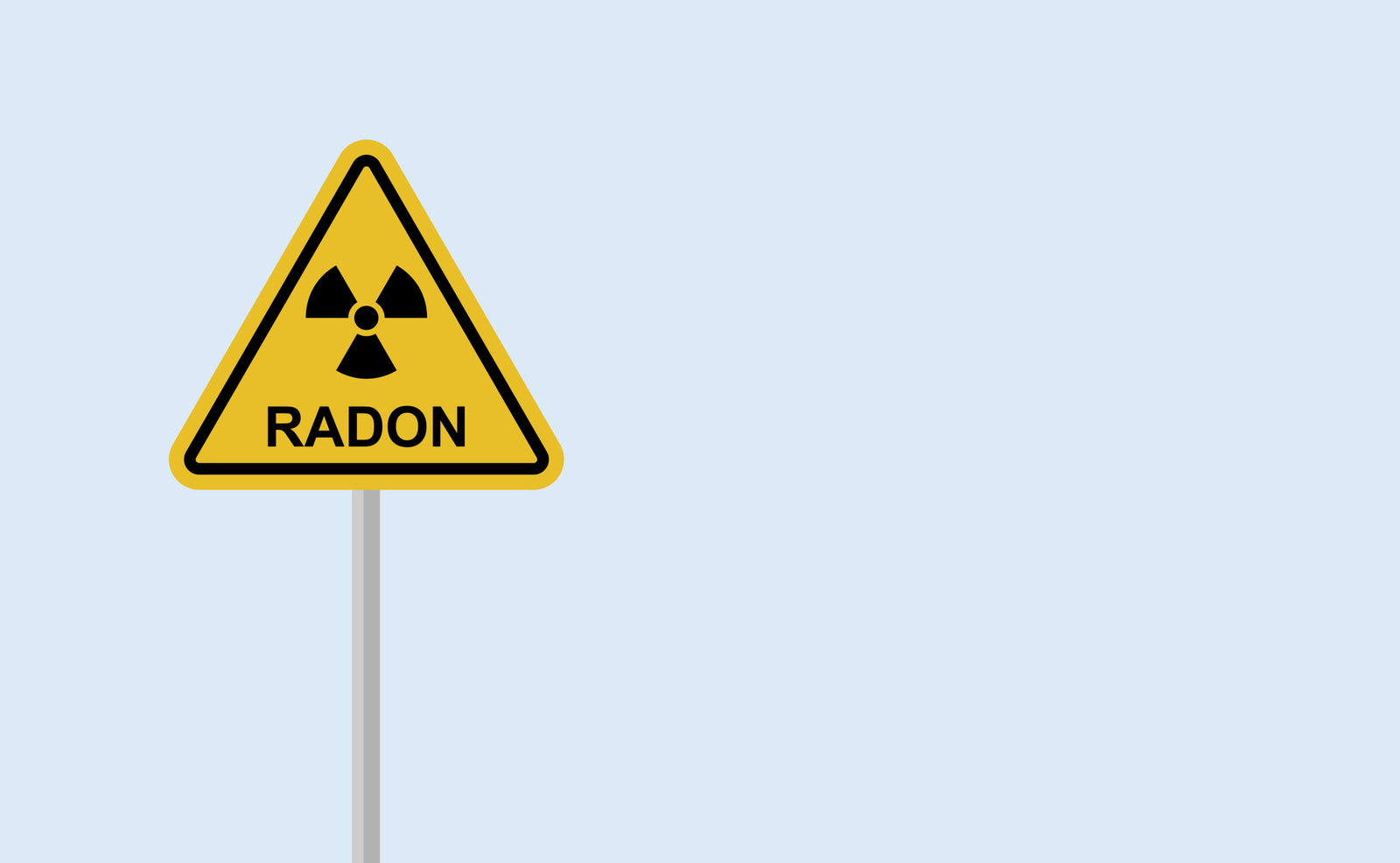Indoor air pollution comes in a variety of forms. We have covered artificial contaminants like volatile organic compounds and the hazards of kitchen air, as well as natural airborne substances like mold and dust mites. However, there is another very common natural indoor air pollutant that may not come so easily to mind: radon — a naturally occurring radioactive gas that can rise from soil into occupied spaces.
Like many other purifiers, Molekule air purifiers are designed to capture particles in the air, and its PECO technology adds another layer of protection by oxidizing airborne pollutants. Unfortunately, air purifiers, regardless of their brand or technology, are not effective at protecting against radon in indoor spaces due to radon’s natural, inherent properties.
So what, exactly, is it about radon that prevents its removal from the air? We will take a closer look at this natural element and find, why you should not rely on air purifiers to help remove it from your home or workplace, and what to do about it instead.
Radon: a natural-born killer
The earth is full of radon, which is considered a noble gas that occurs as a byproduct of decaying radium, a trace element that has been found on the earth since its formation. Radium typically occurs as a rocky ore, but eventually decays into radon, which rarely makes compounds by binding with other elements and tends to exist instead as individual gas molecules. Radon is much denser than air and can accumulate in lower areas like basements or mines, but trace amounts are always present in the atmosphere.
Though it may occur naturally, radon is dangerous. Prolonged exposure can damage your DNA, making it the second leading cause of lung cancer after tobacco — about 3,000 people die each year from radon exposure alone in the US. Even worse, for Americans who are regularly exposed to both tobacco smoke and radon, the risk of dying from cancer increases by as much as seven times.
The danger is due to radon’s radioactivity, which occurs as it slowly decays into other elements. As a result, radon concentrations are typically measured not by their proportion of the air in parts per million, but rather in Becquerels per cubic meter of air (Bq/m3), or fractions of a Curie per liter of air (picocuries or pCi/l), which are units of radioactivity (1 pCi/l = 37 Bq/m3). Background levels of radon in open air range from barely detectable over the open ocean to as high as 100 Bq/m3 or 2.5 pCi/l in geologically active regions. These levels are associated with a slightly higher risk of cancer, so it is important to detect and mitigate radon whenever possible.
How radon is detected
One of the first clues that indoor radon levels could be dangerous was discovered in 1985, when a worker at a nuclear power plant tested positive for a massive degree of radioactive contamination. This was confusing given that the plant was under construction and held no radioactive material at the time. The source was eventually traced back to the man’s home, where radon had been seeping into the basement and accumulating.

Like security technicians at a nuclear power plant, detecting radiation is the key to detecting radon. When a radon atom decays, it fires off a series of high-energy particles in rapid succession over a period of days before eventually settling as an atom of lead. These particles can alter DNA in harmful ways, and can also affect the sensitive electronic components inside radiation detectors. These detectors technically pick up any radioactive aerosol, but with the exception of the rare nuclear reactor accident, radon is the only source of airborne radiation.
Radon detectors can be relatively inexpensive to purchase, typically costing between $100 and $200. However, you should keep in mind that even with mitigation steps in place, there is always some background amount of radiation that the device may detect.
The only effective way to remove radon
Unfortunately, radon is much harder to remove than it is to detect. Activated carbon adsorbs radon to some degree, but experts do not recommend using air filtration to remove radon. Instead, organizations like the EPA and the WHO advise you to actively pump air from beneath the ground, so any radon gas is drawn out and vented above the building.

Merely sealing the foundation is not considered sufficient to eliminate the hazards of radon — there must be a system to generate negative pressure that pulls gas away before it can reach the foundation. This can only be done by a certified professional installing a certified radon mitigation system. So, if you live in a seismically active area, or would just like to do all you can to keep safe from radon exposure, a system that pumps air from beneath your home to outside is the most recommended solution.
Radon is a pervasive threat for indoor air but far from the only pollutant to be wary of. To find out more about other pollutants that can affect indoor air (as well as the science behind them), keep an eye on our blog and follow our Facebook, Instagram and Twitter accounts.












